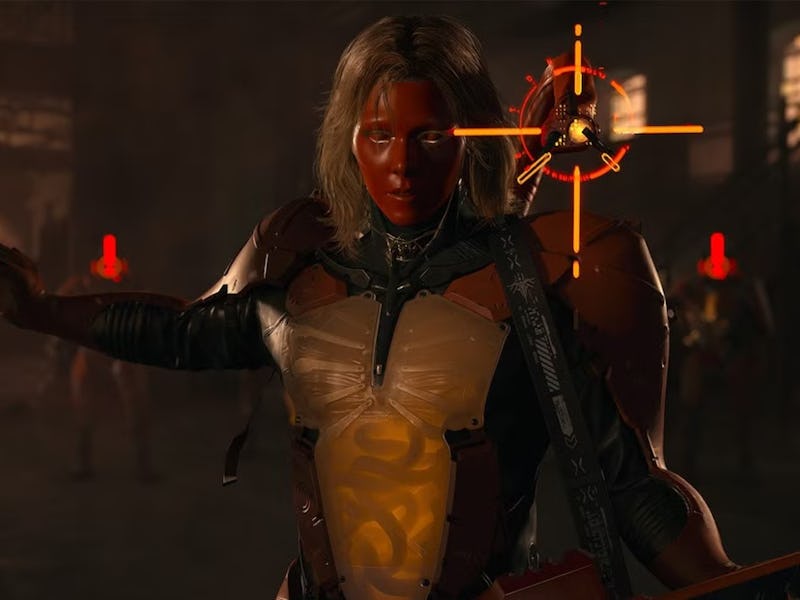Death Stranding 2 Is Copying Final Fantasy XVI's Most Inventive Feature
The sincerest form of flattery.

Final Fantasy XVI was one of the franchise’s more divisive entries, but it also had an unexpected lasting impact. The game’s Active Time Lore system, a kind of interactive glossary, has proven to be its best idea, and now even Hideo Kojima’s Death Stranding 2 is borrowing it. That’s a smart move for a series packed to the brim with complex ideas, impenetrable lore, and more terms than you can keep track of.
In typical Kojima fashion, Death Stranding’s story is a dense affair layered with real-world history. Although not quite as twisty as some Metal Gear Solid games, it was sometimes hard to keep track of everything, and the game also put a huge emphasis on reading text interviews to fully understand the narrative. There are so many elements at play: what the Stranding is, how Beaches work, the history of America, all the terrorist cells and factions. A system to keep track of all that sounds perfect, and to that end, Death Stranding 2 is introducing Corpus.
Multiple previews, including one from Game Informer, have discussed the Corpus system in a way that makes it sound almost exactly like Final Fantasy XVI’s Active Time Lore. As you progress, key terms will appear in the top right-hand corner of the screen. Hitting the option button when those pop up will provide you with short descriptions of the relevant terms without distracting too much from the gameplay.
Beyond those immediate moments, Corpus seems like an expansive story system that you can interact with at any time. It has a glossary, character profiles, and an expanding synopsis of the game’s events. Again, that’s almost exactly like how Final Fantasy XVI built out its Active Time Lore, constantly updating the system as you progressed through the story.
While it’s clearly inspired by Final Fantasy XVI, the Corpus system also seems like a natural way to evolve the first game’s text-based storytelling elements. Kojima loves to expand the narratives of his games with optional info; Metal Gear Solid V: The Phantom Pain used audio tapes, while Death Stranding had the interviews and emails. Kojima has presumably put a lot of thought into Corpus, and the system will likely be essential in unpacking what already looks to be a wild story.
If the game’s 10-minute trailers are any indication, Death Stranding 2’s story is going to be tremendously complicated.
Death Stranding 2 is actually the second game this year to borrow the Active Time Lore system, after Obsidian’s latest fantasy RPG, Avowed. It also featured a system where key terms would be highlighted, and hitting a button would bring up an on-screen description without breaking the flow of conversation.
It’s good to see more games take inspiration from Active Time Lore, and I think any big RPG should feature something similar. I can’t think of a single story-based series that wouldn’t benefit from it: The Witcher, Fallout, Baldur’s Gate, even Zelda. Every single one is throwing around enough slang to make an interactive glossary worthwhile.
Death Stranding 2’s Corpus suggests that more studios are thinking that way now. Hopefully, the trend continues, so we can stop putting down our controllers to consult fan wikis anytime a weird word pops up.